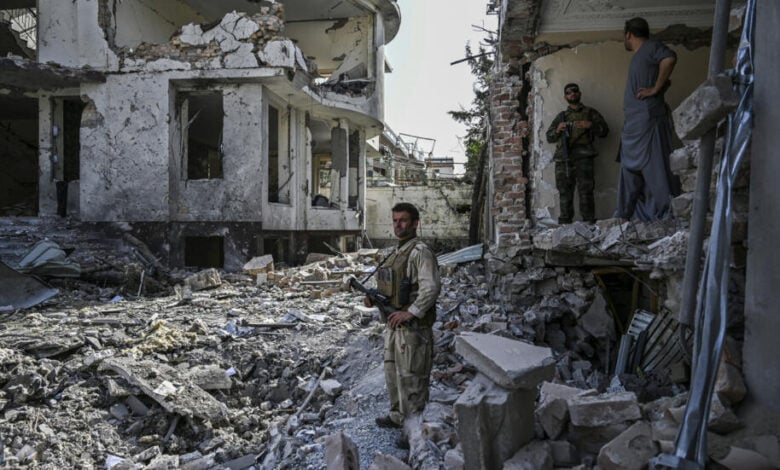Terrorist attacks on Hazara Shia community in Afghanistan take new victims

The ISIS group has claimed responsibility for a deadly bus attack targeting the Shia Hazara community in Afghanistan’s capital Kabul. The attack is the second in weeks against Afghanistan’s historically oppressed Shia Hazara community.
Afghanistan’s Hazaras and other Shia Muslim communities have faced decades of abuse and state-sponsored discrimination, including by the ruling Taliban. The oppression includes arbitrary arrests, discriminatory taxation, displacement from their traditional territory, and summary executions, according to United Nations officials.
The recent blast in the Dasht-e-Barchi district, a Hazara stronghold, killed seven people and wounded 20, police said on Tuesday. The attack was the second targeting the oppressed community in recent weeks.
ISIL took credit for the attack, saying via its Amaq news outlet that it had “detonated an explosive device” on a bus carrying Shia Muslims, according to the SITE Intelligence Group.
The group claimed a deadly explosion in a sports club in the same neighbourhood that killed four people and critically wounded seven in late October, according to Taliban authorities.
In another incident, a suicide bomber blew himself up among worshippers attending Friday prayers at Imam Zaman Mosque in the city of Pol-e-Khomri in northern Afghanistan, martyring about 40 Shiites and injuring 60 others.
In the late 19th century, Pashtun ruler Abdur Rahman Khan sought to bring the Hazara people in their homeland of Hazarajat under his rule. He waged a brutal war against the community, which resulted in bloody “massacres, looting and pillaging of homes, enslavement” and the transfer of Hazara land to Pashtun tribes. It is estimated that Hazarajat lost some 60 percent of its population to ethnic cleansing, which has led some scholars to term the carnage a genocide.
Over the following decades, Hazaras continued to face repression, discrimination and socio-economic marginalisation. Many were forced to “conceal their identities” to obtain state identification. Until the 1970s, a large percentage of the Hazara population could not access higher education, enrol in the army or secure higher-level government jobs.
In 1998, as the Taliban was attempting to establish full control over Afghanistan, it laid a siege on Hazarajat, blocking supply routes and starving the civilian population. In August of the same year, Taliban fighters captured Mazar-e Sharif, a city in northern Afghanistan, going on a rampage targeting Tajiks, Uzbeks and particularly, Hazaras. Human Rights Watch estimated that at least 2,000 people of different ethnic communities, including Hazaras, were killed and according to estimates by Hazara groups, the death toll may be as high as 15,000.
On 26 June 2022, the Taliban detained and unlawfully executed four men during a night raid operation in search of a former security official. The body of at least one of those executed showed signs of torture. A woman and a 12-year-old girl were also killed during the raid.
Afghanistan is estimated to have a population of some six million Shia Muslims, the overwhelming majority of whom are Hazara.






